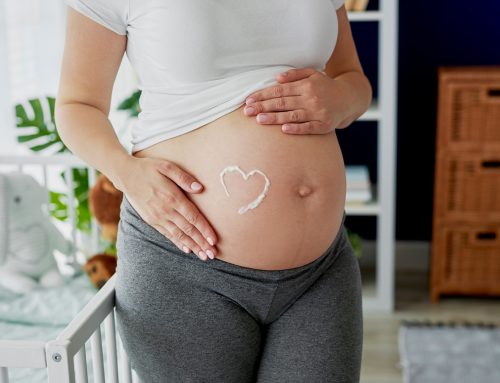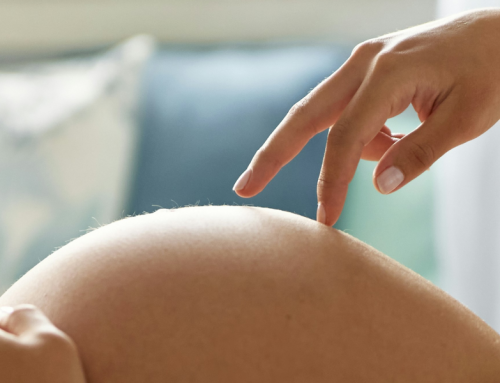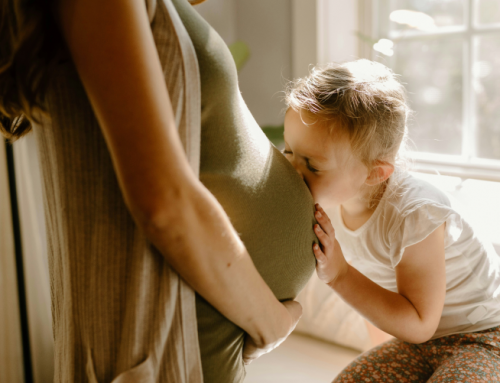In Spain, lesbian women have every right to be mothers and they can do this through assisted reproductive technology
“Women may be users or receivers of assisted reproductive technology, regardless of their marital status and sexual orientation”. This is set out in article 6 of the Spanish Assisted Reproduction Technology Law, which says that all women over the age of 18 have access to these technologies in order to conceive. Eugin is aware of this, and we comply with this legislation: we can help you fulfil your dream of being a mother.
Every day, Eugin deals with women who want to become pregnant, including women with female partners. “Most patients are aware of their options and they come to the clinic with a very clear idea: that we can help them conceive”, says the assisted reproduction specialist Dr. María Jesús López.
It is habitual for the couple to already know who will be undergoing the treatment during the first appointment with the doctor: “They have already considered this”, explains the doctor. “It is usually the youngest woman who wishes to become pregnant”, she says, “but if the oldest woman is the one who wants to have the treatment, this option is decided on, as long as it is feasible in medical terms”.
Choosing the technology
During the first appointment with the doctor, the assisted reproduction treatment will be selected in accordance with the woman’s age and her medical history: it may be artificial insemination or in vitro fertilisation. The medical aspects evaluated include the ovarian reserve –the quantity and quality of the eggs- and the tubaric factor, i.e., the state of the Fallopian tubes.
If the medical aspects are normal and the woman is young, then artificial insemination is the recommended option. If there is a slightly low egg count in the ovaries or if the egg quality is somewhat lower –due to age or because there is a tubal problem- the recommendation is in vitro fertilisation using the woman’s own eggs. If the woman has the menopause, has very few eggs in her ovaries or is aged over 45, then the best option is in vitro fertilisation using a donor’s eggs.
The semen donor
In all cases, these treatments will be carried out with semen from a donor. “How will our semen donor be selected? This one of the most frequent questions that patients ask me”, explains Dr. López. “Obviously, the Clinic’s medical team is responsible for selecting the donor, as provided for by the law, and that is what we do at Eugin”, she assures. However, the would-be mothers can decide during the first visit which of the two women will share the phenotype traits with the donor (race, hair type, eye and skin colour). The donor may therefore have features that are similar to those of the woman who will carry the child or those of her partner.
In addition, there is another option for female couples in which both women want to conceive: sharing the same semen donor. “This way,” explains the doctor, “both children will have the same genetic information through the semen donor.” “This is an option that most female couples who visit the clinic are not aware of, and it is quite popular”, she concludes.
“All women over the age of 18 with full capacity to act may be a receiver or a user of the technology regulated by this Law, provided they have freely, consciously and expressly given their written consent to its use”
Article 6 of Spanish Law 14/2006 on Assisted Reproduction Technology





